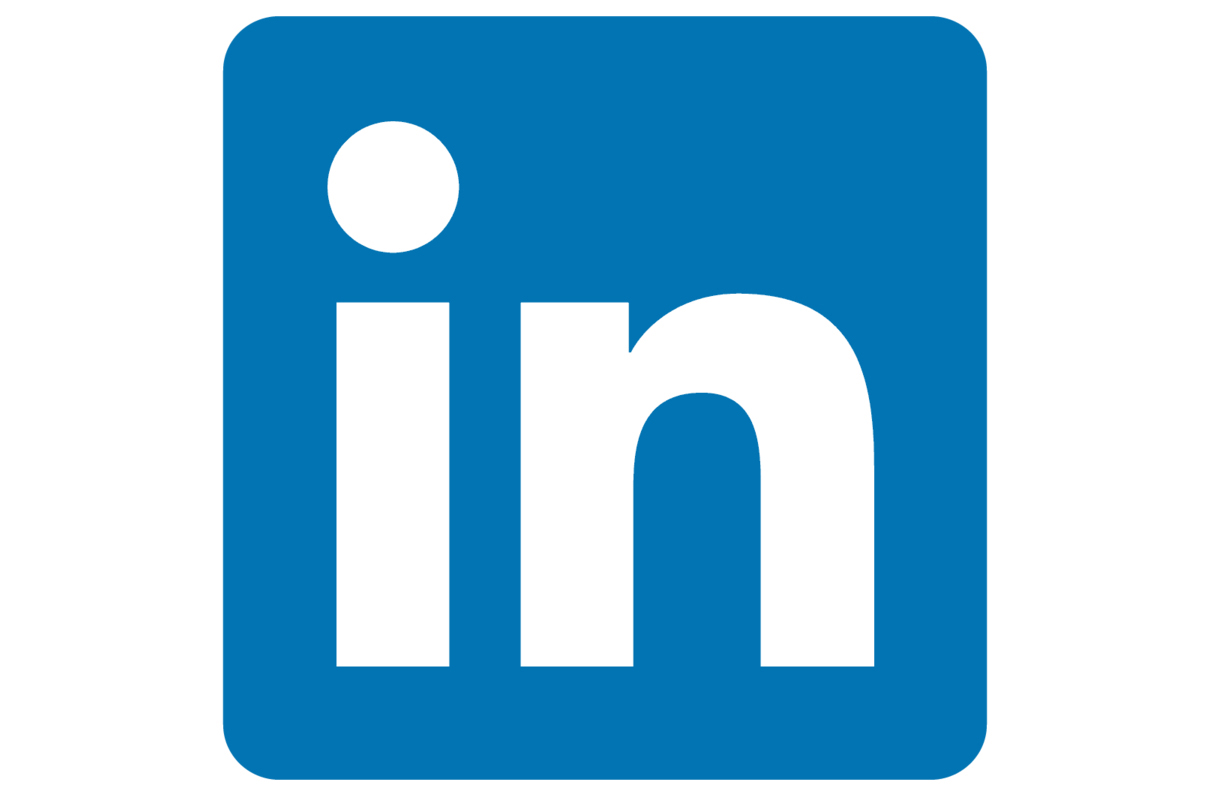You just received a request on LinkedIn to connect from someone you do not know or have not met. What should you do? Accept it? Ignore it? A bit of both?
As a career transition specialist for MOAA's Career Transition Center, I often am asked how to handle connection requests. Most connection requests I receive give no clues about why the individual wants to connect to me and be part of his or her network. They only send the default request: “I'd like to add you to my professional network on LinkedIn.” They offer no insight about how I might be of professional benefit to them or they to me.
If I know the individual, I almost always accept the request. This is a great opportunity to expand my network with theirs, especially if they are a robust networker. However, if I do not know the person, my first move is to check out their profile. Is there a personal photo? Is the profile reasonably complete? Do they have more than 10 connections?
I look for indications of an engaged and motivated individual who is actively building their professional network, even if they are in the early stages of doing so. I do not accept requests from profiles that do not have a photograph. LinkedIn says your profile is 21 times less likely to be viewed without one. A self-taken photo is fine, but you should be wearing professional attire in front of a neutral background. It also helps if there is a warm smile!
The philosophy I have devised to help me decide whether to accept a request to connect is a simple one. As a career transition specialist at a veteran-focused nonprofit, I assist our association members with executing a successful career transition either from the military or between positions in the private sector. I generally will accept requests from all veterans - any branch of service, any rank, and any length of service. I also accept requests from military spouses. And if you are someone I think can help me help a veteran or spouse, I will accept your connection request as well.
Beyond that, if you are not already a friend or someone I have met during my extensive travel to military installations across the country, I am not inclined to accept a connection request from you. LinkedIn is a professional networking site, not a platform such as Facebook that is more “friend” focused. This is business.
Some people accept connection requests only from people they know or have met. While this is a legitimate way to build a network, I do not think you need LinkedIn to keep track of people you already know (I use my cellphone for that!). Being open to requests to connect from people you do not know diversifies and strengthens your network. It also gives you more opportunity to leverage valuable connections who already are in your network when conducting keyword searches on LinkedIn.
[SAVE THE DATE: MOAA's 2019 Military and Veteran Networking Forum]
Other people accept all requests to connect, and there is even a name for them: L.I.O.N., which stands for LinkedIn Open Networker. They can be in professions in which having large numbers of contacts facilitates their ability to identify and reach out to potential clients, such as real estate agents, financial planners, and the like, or they simply may want to have access to as many different working professionals they possibly can for other reasons.
There is no right or wrong here, only what works best for you. Develop your own philosophy. Give some thought as to why you are on LinkedIn, what you want to use your profile for (as Dan Savage, Head of Military and Veteran Programs at LinkedIn, says, “Your profile's purpose should be crystal clear”), and your basic criteria is for accepting a connection request. Thinking this out in advance will make it a much easier task to manage when invitations pop up on your profile.
Can the person requesting a connection from you see you rejected them? The short answer is no. They only receive a notification when their request is accepted. Anyone from whom you accept a request should be someone you can ask something of, such as an email introduction to someone else in their network, or if you know them personally, perhaps a recommendation for a job at your company of choice. Whatever your professional networking goals are, be ready when the time comes to decide who does - or does not - get to be part of your network.

